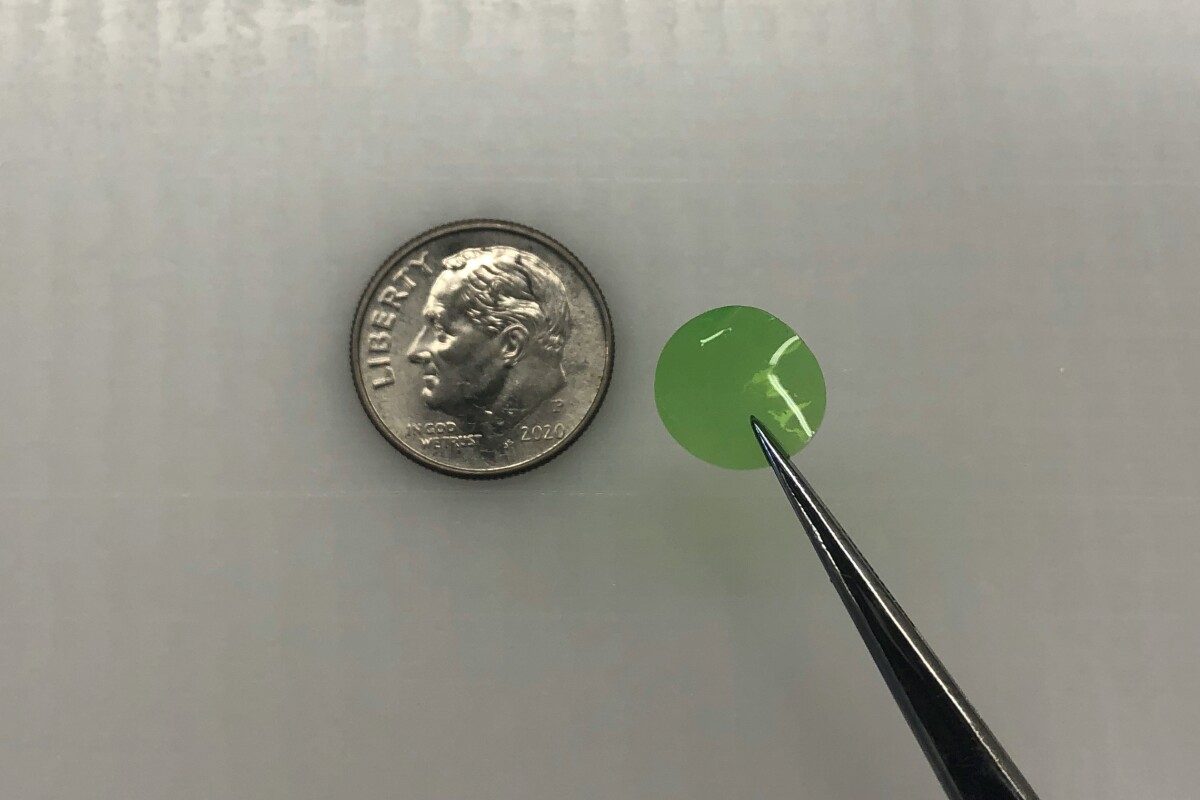The tattoo-like sensors are the latest in a growing portfolio of potential medical products derived from silk protein.
People get tattoos for many reasons: for attention, self-expression, artistic expression, religion, status symbol, etc.
But imagine a tattoo that could tell you your blood oxygen levels while you are exercising, monitor your blood glucose level throughout the day or measure other blood-borne substances.
Now engineers from Massachusetts’ Tufts University have developed a silk-based thin-film disc…like a tattoo. The disc is smaller than a US dime, it could be placed beneath the skin to read oxygen levels.
The novel sensor is made up of a silk-based material called fibroin. Fibroin has unique properties that make it compatible as an implantable material since it doesn’t invoke an immune response.
When placed under the skin, the disc glows brighter or dimmer under a light that can penetrate the skin. The intensity and the duration of the glow show the different levels of oxygen in the blood. The duration of the glow decreases as levels of oxygen increase.
In experiments, the implanted sensor accurately tracked the oxygen levels in real-time. This could be highly useful when treating people with conditions like COVID-19 where oxygen levels need to be monitored continuously.
“We can envision many scenarios in which a tattoo-like sensor under the skin can be useful,” said Thomas Falcucci, a graduate student in Kaplan’s lab who developed the tattoo sensor. “That’s usually in situations where someone with a chronic condition needs to be monitored over a long period of time outside of a traditional clinical setting. We could potentially track multiple blood components using a sensor array under the skin.”







